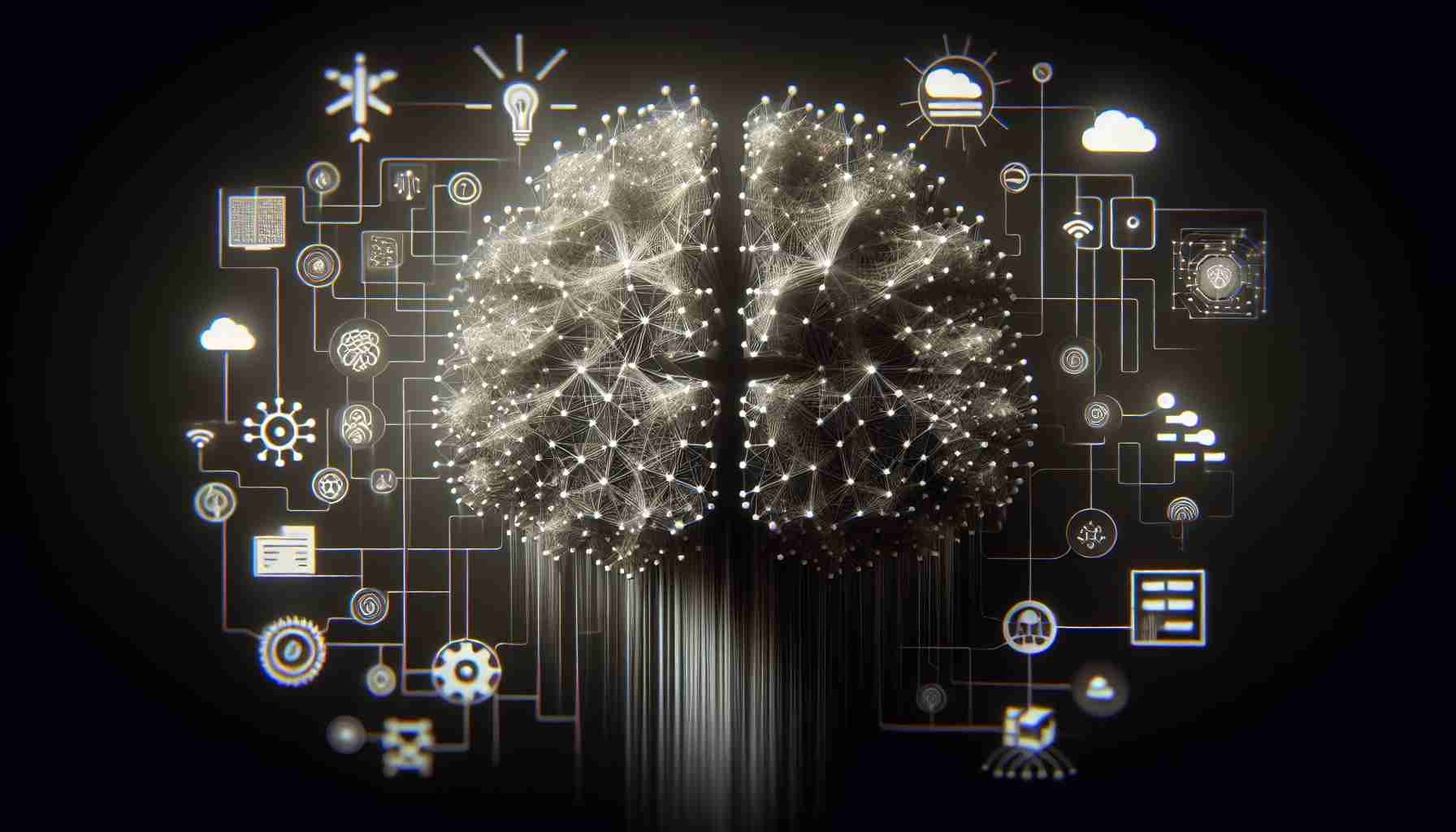New Developments in AI for Enhanced Edge Performance
Researchers from Tokyo University of Science have introduced a groundbreaking technology, Ternary Gradients Binarized Neural Network (TGBNN), poised to revolutionize edge computing. This involves utilizing a ternary gradient approach to update binary weights, enabling efficient learning functions for AI at the edge while significantly reducing computation demands.
Background and Motivation
As AI continues to permeate various fields, from image processing to natural language understanding, the computational resources required have become a societal concern. The demand for smarter edge computing, especially in the Internet of Things (IoT) era, necessitates advanced AI capable of performing real-time learning and inference locally, minimizing power consumption and circuit size.
The Innovative Solution
Professor Takayuki Kawahara and graduate student Yuya Fujiwara have tackled these issues by leveraging cutting-edge spintronics technology, utilizing Magnetic Random Access Memory (MRAM) arrays. These arrays feature cross-integrated memory and computing components, allowing for streamlined operations directly at the hardware level. By integrating XNOR gates and employing probabilistic update techniques on a single MRAM chip, the TGBNN model promises enhanced learning capabilities while maintaining energy efficiency.
Impact and Future Prospects
The implementation of TGBNN on the MNIST dataset showcased impressive accuracy exceeding 88%, affirming its potential for practical application. This advancement not only presents a pivotal shift in edge AI learning but significantly reduces the computational footprint necessary for such tasks. Published in the prestigious journal IEEE Access, this research highlights the transformative potential of integrating AI more effectively in edge devices, promising vast improvements in processing power and efficiency.
Enhancing Edge AI: Tips, Life Hacks, and Fascinating Facts
The recent advancements in Ternary Gradients Binarized Neural Network (TGBNN) technology by researchers from Tokyo University of Science offer intriguing possibilities for optimizing AI at the edge. As this revolutionary development unfolds, there are practical tips and life hacks that can help maximize the benefits of AI in edge computing, as well as some captivating facts about this emerging field.
1. Embrace Power Efficiency
One of the standout features of TGBNN is its ability to enhance energy efficiency drastically. For developers and tech enthusiasts, focusing on power-efficient architectures can yield significant benefits. Opt for devices and components that support low power consumption without compromising performance. By doing so, you contribute to a more sustainable tech ecosystem while enjoying extended battery life on your IoT devices.
2. Prioritize Real-time Data Processing
A key advantage of edge computing is the capacity for real-time data processing. Leverage this by configuring your applications to process data locally rather than constantly relying on cloud resources. This not only reduces latency but also ensures that your applications can continue to function smoothly even with intermittent Internet connectivity.
3. Optimize Hardware Utilization
With technologies like MRAM and XNOR gates within TGBNN, it’s crucial to optimize how hardware resources are allocated and used. Developers can exploit hardware accelerators and neural network compression techniques for efficient model deployment, ensuring that your edge devices perform optimally.
4. Keep Data Secure and Private
Edge computing reduces the need for data to traverse the Internet, thus lowering the risk of data breaches. Implement encryption and secure storage protocols locally on devices to protect sensitive information. Ensuring data privacy will foster greater user trust and adherence to regulatory standards.
5. Stay Informed with Continuous Learning
The field of AI and edge computing is fast-evolving. Keep up-to-date with the latest research, like the work on TGBNN, to ensure you’re utilizing cutting-edge techniques in your projects. Engaging with academic journals or platforms such as IEEE Access can provide valuable insights and innovation trends.
Interesting Fact: Spintronics and MRAM Magic
Did you know that spintronics is at the heart of MRAM technology? Spintronics manipulates the intrinsic spin of electrons in solid-state devices, allowing for incredible data storage and energy efficiency breakthroughs. This is the science powering MRAM’s ability to integrate memory and compute units on a single chip.
In conclusion, as AI edge computing continues to evolve, integrating current advancements like TGBNN can help harness the full potential of these technologies for individuals and industries alike. Stay informed, prioritize efficiency, and implement robust security measures to make the most out of your edge AI applications.
For more insights on AI and cutting-edge technologies, visit Tokyo University of Science and IEEE to explore further developments and research in the field.

















